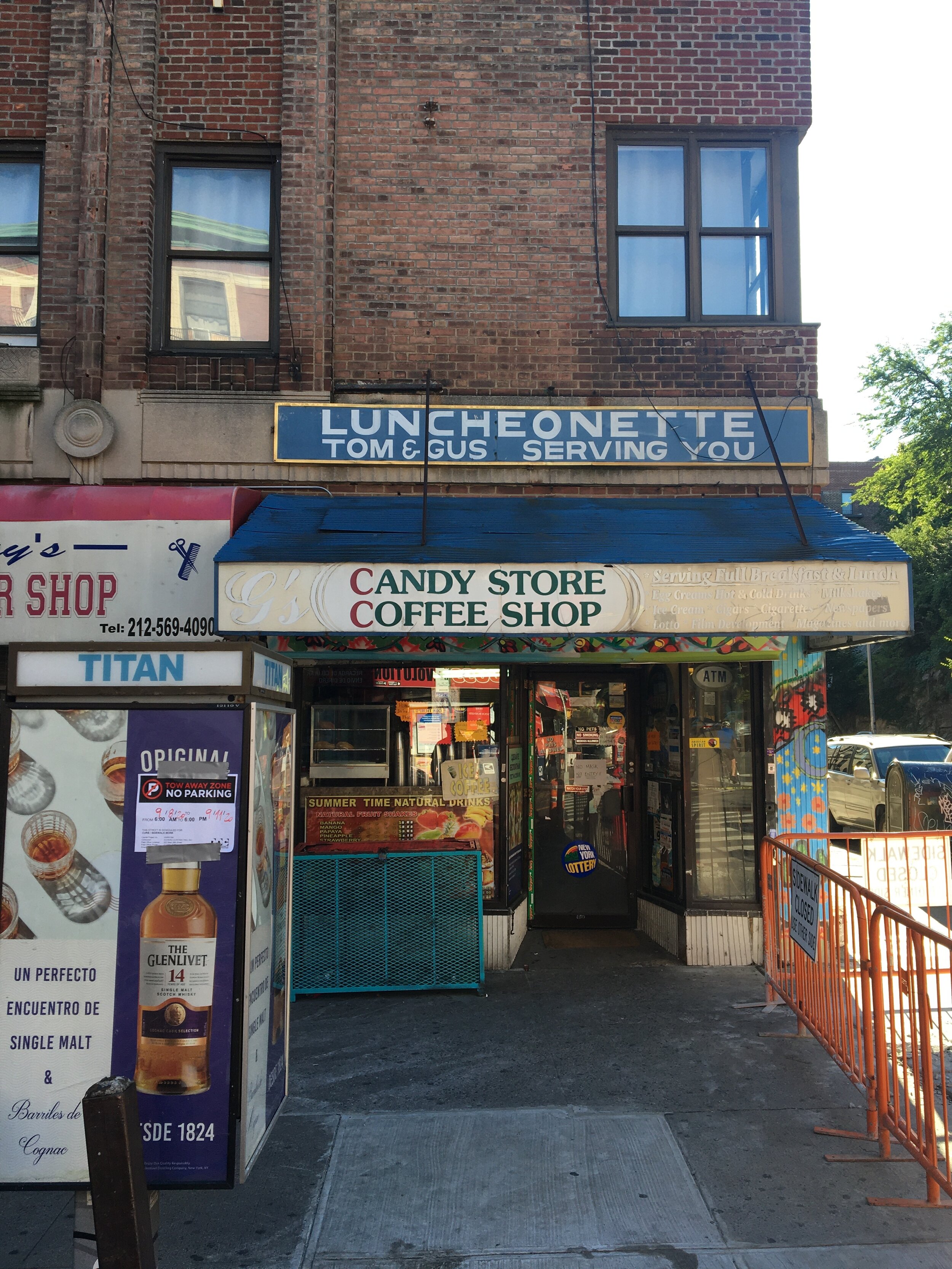WHERE: Barbey Street and Marginal Street West, Brooklyn
SUBWAY AT START: Van Siclen Avenue (J)
SUBWAY AT FINISH: Broadway Junction (A, C, J, L, Z)
DISTANCE: 1.5 miles (2.4 kilometers)
Photographs by Michael Cairl.
This trip took me to Cypress Hills in the eastern part of Brooklyn. There’s a steep hill up from Jamaica Avenue, known before 1900 as Jamaica Turnpike. The hill is part of the terminal moraine that runs the length of Long Island. When I’ve biked the NYC Century, a long stretch of easy riding in Brooklyn would come to an abrupt end getting up this hill, truly a “granny gear hill,” to Ridgewood Reservoir. All the streets running through from Jamaica Avenue (excluding a couple of cul-de-sacs) somehow are open to cars except one, Barbey Street, which ends with stairs up to Highland Boulevard.
Total vertical on the walk, courtesy Google Maps.
Start by taking the J subway line to Van Siclen Avenue. The elevated structure between Van Siclen and Pennsylvania Avenues is the oldest in the transit system, dating from 1885 when it was the eastern end of Brooklyn’s first elevated railroad. Walk north on Van Siclen, turn right on Jamaica Avenue, then left on Barbey Street for the steep trek uphill.
I found the walk uphill on Barbey Street to the base of the stairs at least as much a challenge as walking up stairs, if not more so, having to consider the steep slope and the tripping hazards of an uneven sidewalk. The steep vertical on the accompanying chart is Barbey Street. The stairs themselves have only 18 steps in 4 flights (4-4-4-6) but the handrail was on the wrong (left) side for me, so I ascended with more care than otherwise.
Clockwise from left: looking up Barbey Street from Jamaica Avenue, a grand old house at Barbey Street and Sunnyslope Avenue, looking downhill from the top of the Barbey Street cul-de-sac, the Barbey Street stairs to Highland Boulevard.
Highland Boulevard is a wide street, lightly trafficked east of the Jackie Robinson Parkway and lined with handsome houses. Walking west, I discovered two stair streets that I’m saving for a future trip, both from Vermont Street up to Highland Boulevard. Another, down to Marginal Street East, is fenced off and inaccessible. I continued on to Marginal Street West, 17 steps and the handrail again on the wrong side for me. That descent was very slow and not always step over step. I continued on to Broadway Junction subway station for the trip home.
Walking on steep streets is definitely part of physical therapy, requiring me to be mindful as I walk and giving me a good workout. And not all stair streets are in optimum condition. The two I walked today are probably not much used but new handrails on both sides would be a worthwhile, low-cost improvement.
Clockwise from left: view of Highland Boulevard, the fenced-off stairs at Marginal Street East, a tangle of elevated lines at Broadway Junction.
































































